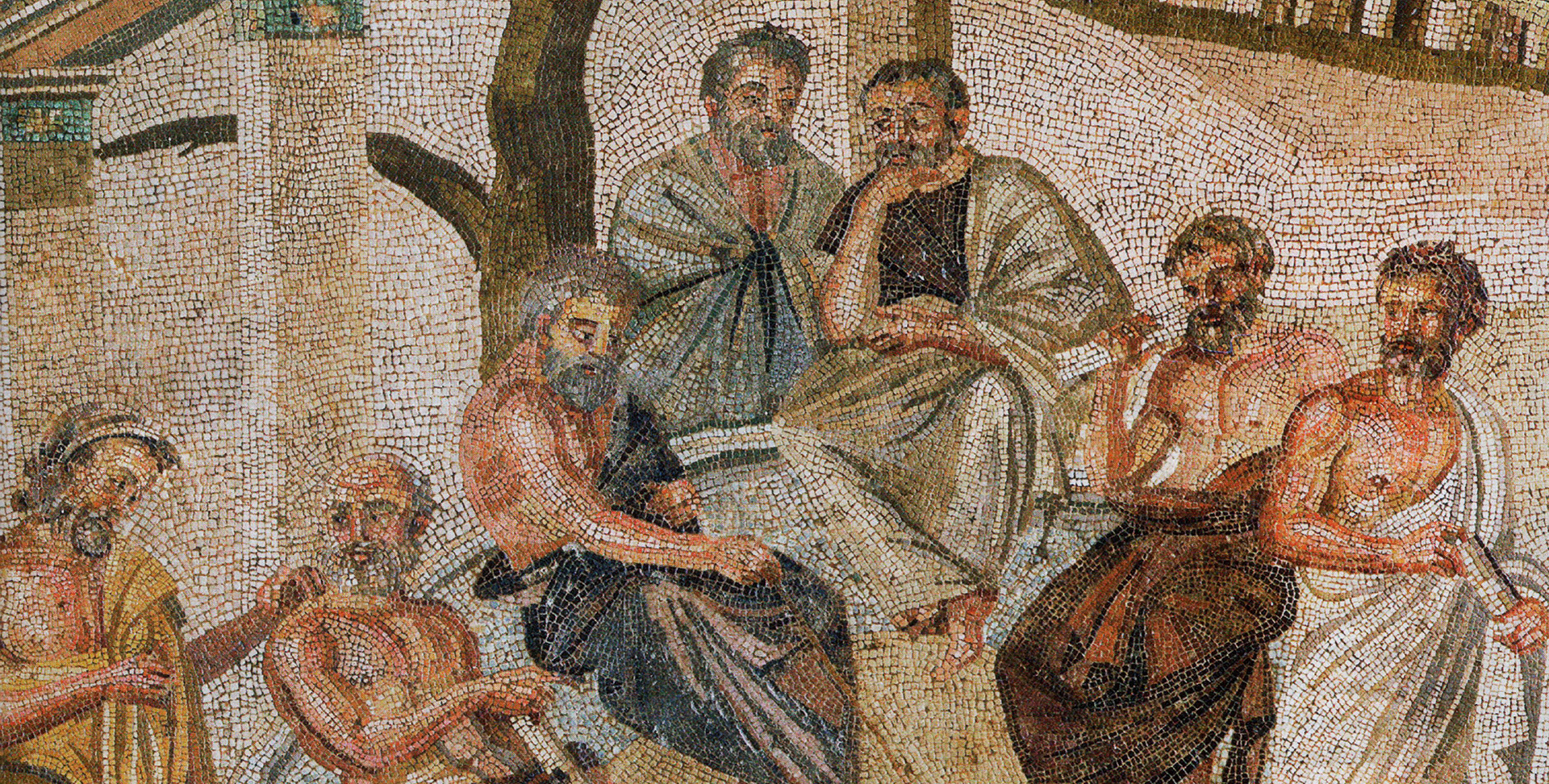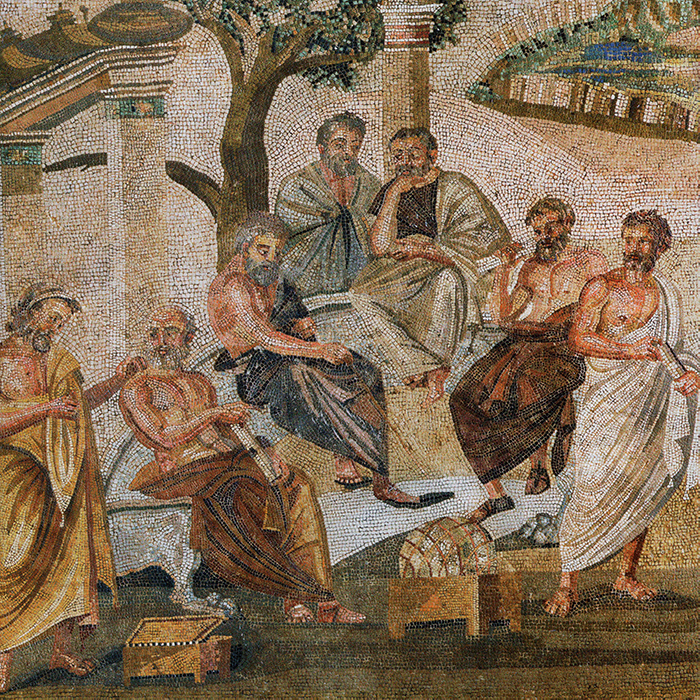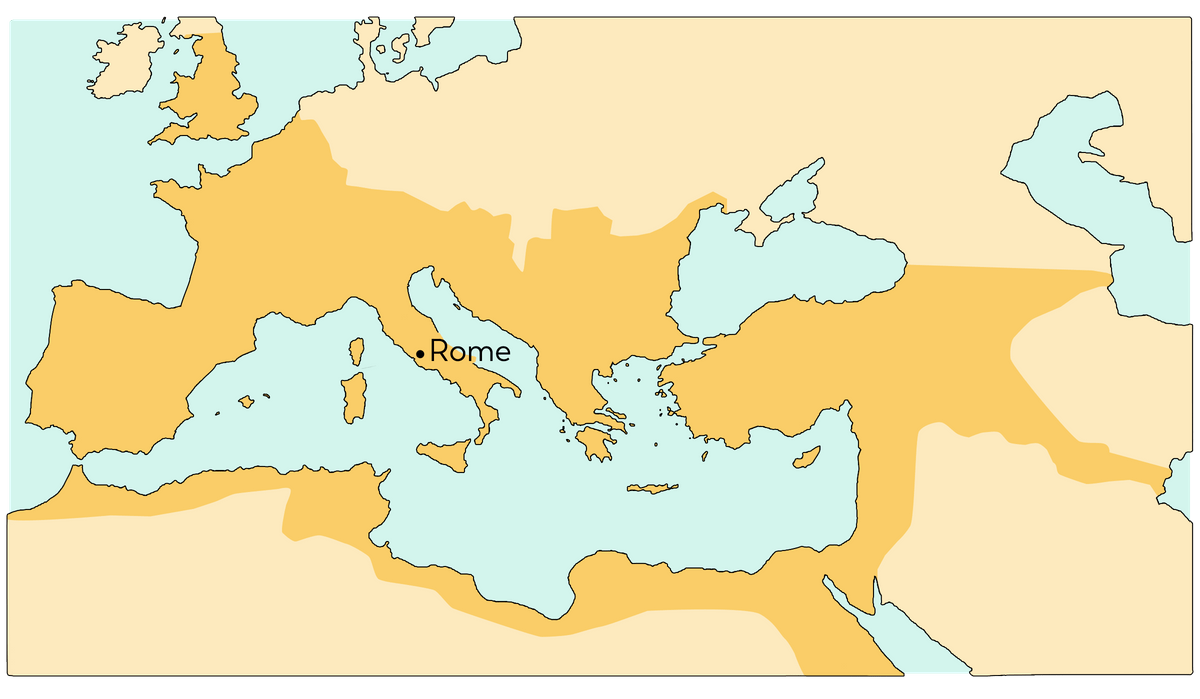



This time we’re off to Rome, the heart of Ancient Roman civilisation, which began during the Greek Archaic period and continued well beyond the end of the Hellenistic period.
Like Greek civilisation, Ancient Rome is in some ways the birthplace of our Western civilisation today, and we’ll see straight away that although the Romans were the authors of many inventions, they also copied their Greek neighbours a great deal.


The conquests of Ancient Rome were greatly inspired by Ancient Greek culture.
Let’s start with what has been copied: the gods, for example! They’re almost the same as the Greek gods, just with different names. Zeus becomes Jupiter, Athena Minerva and Poseidon changes his name to Neptune…
A short focus on three of them:

The Romans revered almost the same gods as the Greeks, but with new names such as Venus, Mars or Mercury.
Do you remember all those lost Greek sculptures that we only have copies of? It’s actually often thanks to the Romans!
Since they were highly partial to Greek art, the Romans did, in fact, order a great many copies of the most famous works, sometimes with slight variations. They used them to decorate their gardens or public buildings, such as gymnasiums or thermal baths.

The Romans, who were great lovers of Greek art, made a large number of copies, which came down to us.
The Romans also got another technique from the Greeks: very fine engraving on mediums ranging from stone to shell, which is why it is known as cameo.
All of the craftsman’s talent consists of using the different layers of colour of his materials to give an impression of relief, depth or details. Some of them were works of real technical genius!

The Romans adopted the Greek technique of cameo art, finely engraved on stones or shells and consisting of layers of colour.
It’s true that the Greeks were already creating superb mosaics, but the Romans were going to be both incredibly creative in their choice of subjects, and also spread this decorative technique across the whole empire!
How do you do a mosaic?

The Romans created mosaics everywhere, by creating patterns on a surface using little coloured fragments.
Some mosaics that have been well preserved from the Romans come from Pompey. It should be said that in 79 BC, the eruption of the neighbouring volcano covered the city with ashes, preserving it until the present day.
Pompey is a real time-capsule and tells us a lot about the Romans’ daily lives, their urban planning and their art. It is really a very rare occurrence to find antique paintings, which are more delicate than sculptures and have therefore not withstood the passing of the centuries. In Pompey they have been incredibly well preserved.

The volcanic eruption that submerged Pompey has preserved many delicate objects remarkably well, including paintings.

"*" indicates required fields